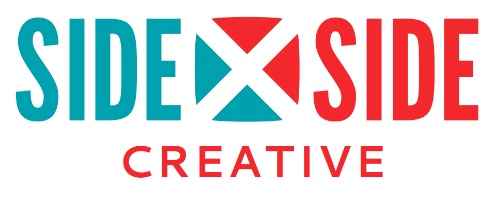The Beginner’s Guide To Starting A Blog
 Last week I discussed all the great reasons your nonprofit should have a blog. This week I’m going to give a quick overview of how you might proceed. It’s not a technical guide, but it should give you an idea of your options.
Last week I discussed all the great reasons your nonprofit should have a blog. This week I’m going to give a quick overview of how you might proceed. It’s not a technical guide, but it should give you an idea of your options.
Ideally, your blog can be fully integrated into your website. Someone clicks “blog” in the navigation bar, and the blog page has the same general design as the rest of your site.
The problem is, that if this wasn’t built into your site when you bought it or designed it, it might be expensive for your web developer to add a blog to the site. Call and find out, because it could also be very easy depending on the site.
If it’s not workable, that’s OK, too. You still have options.
Using A Stock Template
One is to use a stock template to create a separate site for the blog that looks vaguely like your own site (same colors, etc). These pre-designed templates are readily available for less than $50 online and, paired with a free blogging platform like WordPress, can create a really good looking blog. It requires a modest amount of technical skill (or some time watching how-to videos on YouTube). Between hosting and the theme, you shouldn’t need to spend more a $200. If you want to pay someone for turning a theme into a blog, you could probably find someone to do it for $500 to $1,500.
The Free Option
If that’s still too much money, or requires too much tech skills, there are plenty of free blogging services out there. Blogger.com is probably the easiest to begin using immediately and should require minimum knowledge of technology. If you can use Microsoft Word or Outlook, you can probably use Blogger.
Either solution means that you have a different domain name for your blog than your main site. It’s not that big of a deal, but it does mean that you will lose some benefits of search engine optimization (called SEO for short). As long as you link to your site from the blog, and to the blog from the site, your readers, customers, and donors shouldn’t get too confused by it.
No matter how you create your blog, there are the key features you’ll want to include when you create it:
- Your organization’s logo
- Links to your Facebook and Twitter accounts (when they are set up)
- A place to collect email addresses (ConstantContact and other email newsletter services have HTML widgets that can be cut and pasted into the sidebar of your blog)
- A donate button (just as with ConstantContact, Paypal and other merchant services have HTML widgets that can be cut and pasted into your site)
- Google analytics, or equivalent traffic measurement software
These are the tools you’ll need to really make your blog work for you.
Next week: What to Blog About!
Cross-posted from SalsaLabs.com

